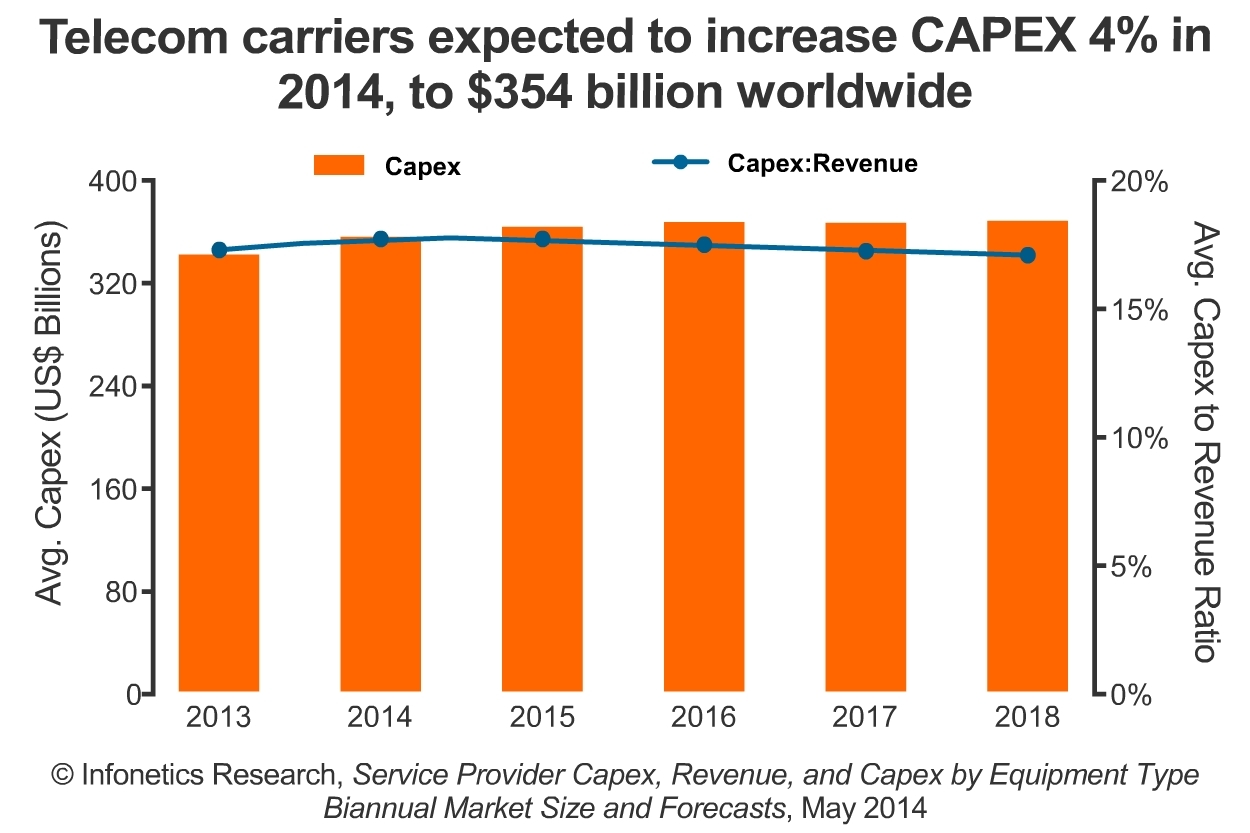Many voices raised about the cost of 5G infrastructure come from firms that recently have made big investments in 4G, and understandably want to monetize and amortize those investments before beginning another round of infrastructure investment. Other worries are expressed by firms that have made 4G investments and watched their markets shrink, despite those investments.


But actual investment profiles by a number of service providers launching 5G networks suggest that 5G costs will not be inordinate, often even occurring without an increase in capital spending, precisely because deployments can be phased in over time, and build on advanced 4G investments.
So 5G capex of $1.7 trillion over seven years works out to about $186 billion per year, about 75 percent of which goes to 5G. So make the specific 5G spending something on the order of $140 billion a year. If global telecom capex is more than $354 billion annually, that 5G investment seems well within existing budgets.
In fact, in many ways 5G investment can be viewed within the context of capacity upgrades that must be made periodically in the mobile business. “We anticipate the path for 5G adoption will be more evolutionary than revolutionary,” say analysts at Fitch Ratings.
That is why “5G investments will persist in global telecom over the intermediate term, even though revenue may materialize gradually,” according to Fitch Ratings. “We anticipate 5G spending will continue even in a downturn due to fairly resilient top lines and the flexibility to reduce operating costs, or even dividends before capex, if necessary.”
The big takeaway: even if incremental revenue does not happen immediately, investment will continue, and will be within expected ranges for credit rating purposes.
Capex intensity for Verizon will remain around the recent average at about 13 percent of revenue through 2020, Fitch says.
Where AT&T and Verizon are concerned, “these companies are leveraging existing 4G networks to efficiently facilitate the nationwide rollout of 5G with modest additional software and hardware upgrades,” says Fitch.
“Post-dividend FCF for Verizon and AT&T is expected to remain significant, despite 5G spending, ranging from about $9 billion to $10 billion in 2019 and 2020 for both companies,” says Fitch.
In Europe, network-sharing joint ventures may help manage 5G investment cost. But 5G auctions, network rollouts and contractual commitments will keep capex high and subdue free cash flow in Europe. Capex for incumbent operators typically accounts for 15 percent to 20 percent of revenue, excluding spectrum costs, in Europe.
So, no, 5G is not going to be a financial problem for most mobile operators. The exceptions are firms that recently made big 4G investments or firms operating in markets with declining revenues and thin profit margins.
No comments:
Post a Comment